Managing the Walls (not the Trees)
After experiencing multiple disastrous landslides in the 1970s, the Hong Kong government established the Geotechnical Control Office, currently named Geotechnical Engineering Office (GEO) under the Civil Engineering & Development Department. To increase general slope safety, engineers carried out a series of slope stabilization and improvement works, including the upgrading of the old masonry retaining walls. These measures, such as buttering masonry wall gaps with cement mixture and constructing skin walls on top of existing retaining walls, strengthened the masonry walls, but the impacts on the growth and survival of the SWTs were not assessed at that time. 40 years later, this becomes an issue when the SWTs could hardly develop their secondary trunk for supporting their increasing mass.
The “GEO Report No. 31” produced in 1982 is one of the very first attempts, and perhaps the most comprehensive study by far to organize wall structure typologies and relate them to the growth of SWTs. Yet, until today, the exact details of masonry walls and the specific tree-wall interactions at different sites are still largely unknown.
石牆管理(樹不理)
在1970年代,經歷了多次災難性的山泥傾瀉後,香港政府成立了控制岩土工程的辦公室,即現時土木工程拓展署轄下的土力工程處。為了提高一般斜坡的安全性,工程師進行了一系列穩定和改善斜坡的工作,當中包括加固石砌擋土牆,但當時並未有評估對石牆樹生長和存活的影響。這些加固措施——例如利用水泥混合物,塗在石牆的縫隙中,並在現有擋土牆上再建造矮牆加石牆——在40年後的今天,石牆樹幾乎無法繼續依牆生根,發展新樹幹以支撐其不斷增加的質量,漸漸成為一個問題。
1982年,土力工程處發布的第31號報告是最早一份嘗試將石牆結構和石牆樹的生長聯繫起來的官方研究,亦可能是至今為止最全面的一份石牆樹研究。然而直到今天,在各類型石砌擋土牆的建造,以及樹與牆實際的物理作用,還存在不少未知數。

